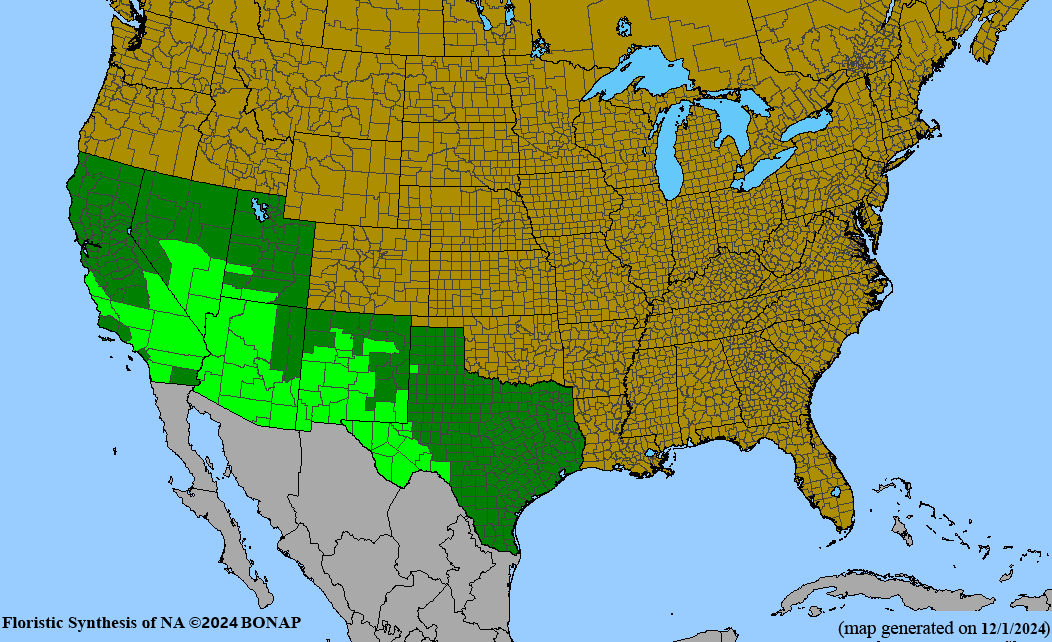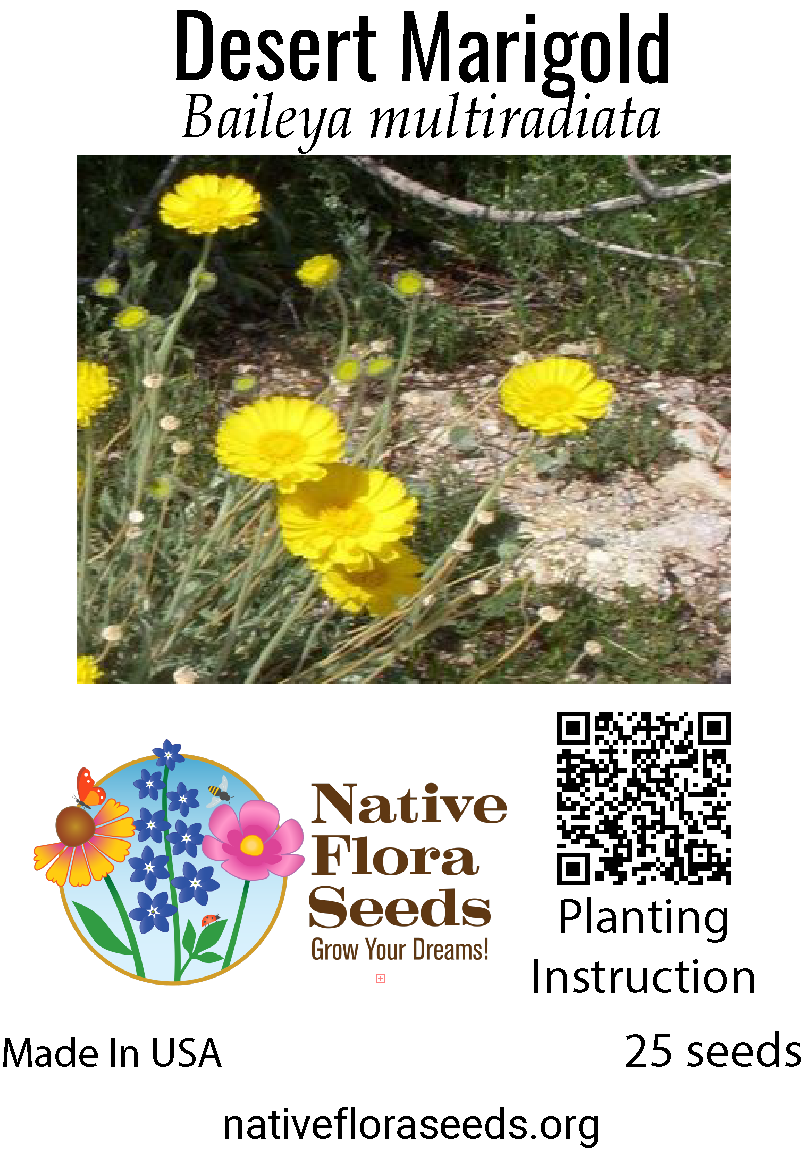Desert Marigold Seeds - Southwest Native Wildflower (Baileya multiradiata)
Bring Desert Sunshine to Your Garden: Desert Marigold
Transform your landscape with the golden beauty of Desert Marigold (Baileya multiradiata), a resilient native wildflower that thrives in the harshest conditions. These remarkable seeds produce cheerful bright yellow daisy-like flowers that bloom continuously from spring through fall, creating a carpet of sunshine in your garden.
Why Desert Marigold is Perfect for Your Garden
- Continuous Blooms: Bright yellow flowers from spring through fall - months of color
- Extreme Drought Tolerance: Thrives in desert conditions with minimal water
- Heat Champion: Flourishes in intense heat where other flowers fail
- Low Maintenance: Perfect for xeriscaping and water-wise gardening
- Pollinator Magnet: Attracts bees, butterflies, and beneficial desert insects
- Self-Seeding: Returns year after year, naturalizing beautifully
Growing Information
Bloom Time: March through November
Height: 1-2 feet
Spacing: 8-12 inches apart
Sun Requirements: Full sun
Water Needs: Very low once established
Soil: Well-draining, sandy or rocky soil preferred
Planting Instructions
Direct sow seeds in fall or early spring. Scatter on prepared soil and lightly rake in. Seeds germinate quickly with moisture. Perfect for desert gardens, rock gardens, wildflower meadows, and xeriscaping projects.
Experience the resilient beauty of the Southwest desert with these cheerful, long-blooming native wildflowers.
FREE SHIPPING WITHIN USA



